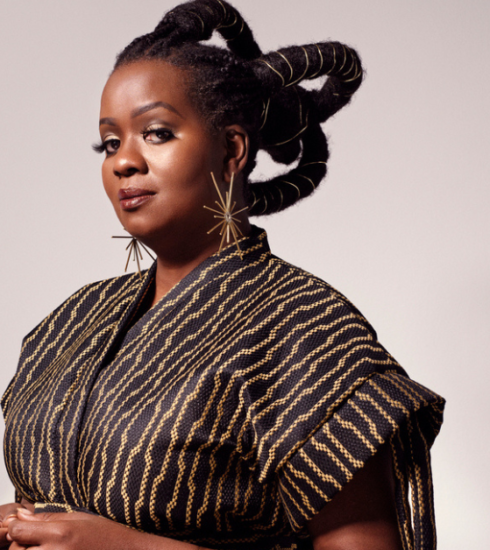Lee Edward Colston II & The First Deep Breath
The Production of ‘The First Deep Breath’
It all started with the production of For Colored Girls for Lee Edward Colston II. Lee painted the picture for me when he took me back to where it all began. He was 16 in the back of the theater with his hoodie and fitted hat. “These brilliant Black women artists are interpreting the work of this brilliant Black woman artist… till this day keeps me speechless. They mule kicked me in my chest,” Colston reminisced. This moment changed his life forever. It took him on a spiritual, emotional, physical, and mental journey.

“Okay, Lee, that’s great,” replied his parents after he sat them down and informed them of what he decided he wanted to do with his life. His parents didn’t take him seriously, as most wouldn’t, coming from their 16-year-old child. But Lee knew this to be accurate, and no other path laid before him. Lee said, “I decided the cathedral in my heart. In the back of that theater, I wanted to make people feel what I experienced while watching For Colored Girls.”
“I hope The First Deep Breath offers the audition that,” said Colston.
The First Deep Breath is his production, “where the personal becomes universal.” Lee told me how he could take his varied lived experiences and create a universally understood show. “When you dive deeper into the individual nuances of a lived experience, the more universal it becomes,” said Colston. He wrote this understanding that we all are connected universally through experiences of empathy, compassion, trauma, and moments where we have had to be “wildly curious” to face life.

“I think the more we are curious about ourselves, the more we can offer a mirror for others to see themselves,” said Colston.
This production aims to surpass who we think we should be and be our authentic selves. Lee hopes this production gives people a better sense of who they are so they don’t “shrink.” Lee said, “It’s about how you show up as your most empathetic and unapologetic self.”
“It’s to examine my beauty, magic, mess, and mystery as a Black man,” said Colston.
As Lee used his literary wand to create this masterpiece, he was motivated by the transformative power of storytelling from the heart, truth, and transparency. He is giving everyone a reflection of who they are at this present place and time in the hopes that it encourages them to find their truth, be radical and unapologetic, and live in it. This might be their first time having their first deep breath to life.
A Conversation about the Deep Impact of Family Dynamics & Traumas
“I wasn’t thinking about the viewer when I wrote it. I was thinking about my own lived experiences,” replied Colston when I asked if he considered the audience when he wrote the play. He introduced me to holding two experiences to be true for both parties involved. First, he painted a picture of two parents doing what they think is best for their children. That is true because they believe it to be best, and their reason may come from an honest and positive place. But the other truth and fact are that their choice for the child can have a negative impact even if that wasn’t the desired outcome.

Lee sees these to be the granular details in life we share as a community of human beings on this planet, regardless of race, sexual identity, socio-economic status, and other things that seem to divide us. Throughout his life, he has found that there is room for us to “have space for us to hold these two truths in a very loving way.” “It doesn’t take love off the table,” said Colston. Instead, he sees that having a space for this plurality of being able to say “yes” and naming those truths helps us on our repair journey.
“This play allowed me to look at myself and ask those provocative questions where I was complicit in my shortcomings. It also helped me understand the impact of the things I lived through,” said Colston.

Lee said, “You can’t heal what you don’t reveal.” He knows that revealing is critical to stopping generational traumas, but telling comes at a cost. This is prevalent within the Black community, which is why most things go unsaid and swept under the rug. It becomes several instincts that turn into patterns. “Those patterns we have learned to create then put us in a space where we aren’t able to access thriving,” explained Colston. Lee sees this access to thriving as the true path to flourishing. Unfortunately, as he stated, it is far out of the vicious cycle we perpetuate within our communities and families.
“One of my mottos is when it’s my time to go, I want to die as free as I possibly can,” stated Colston.





